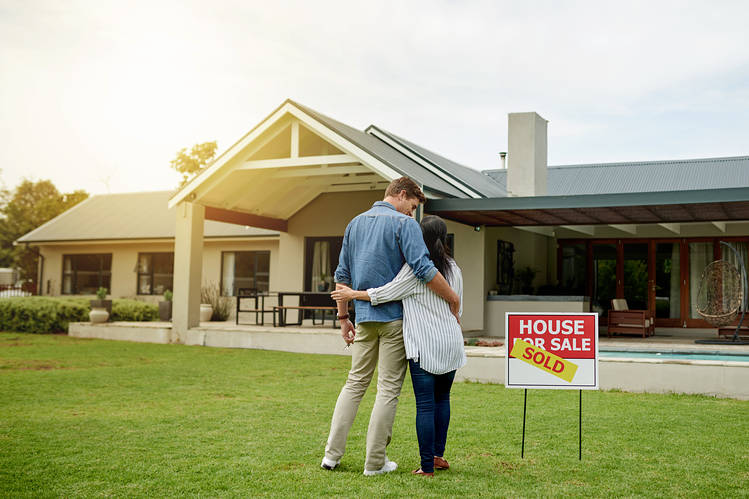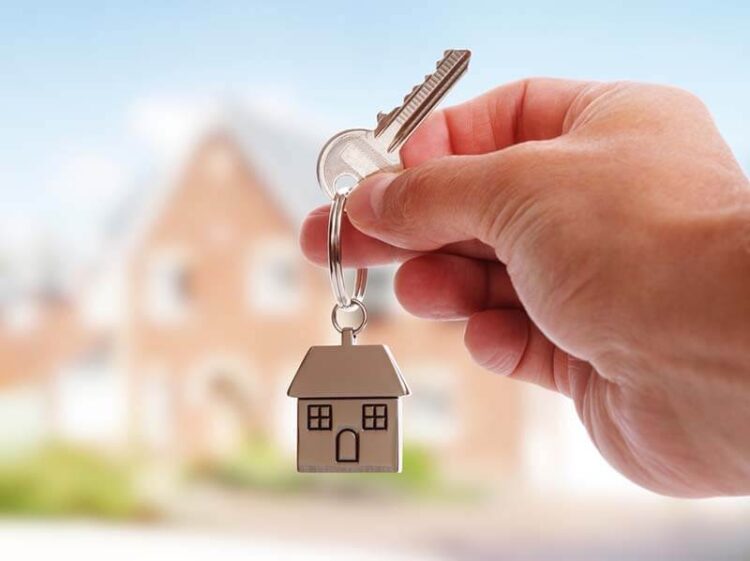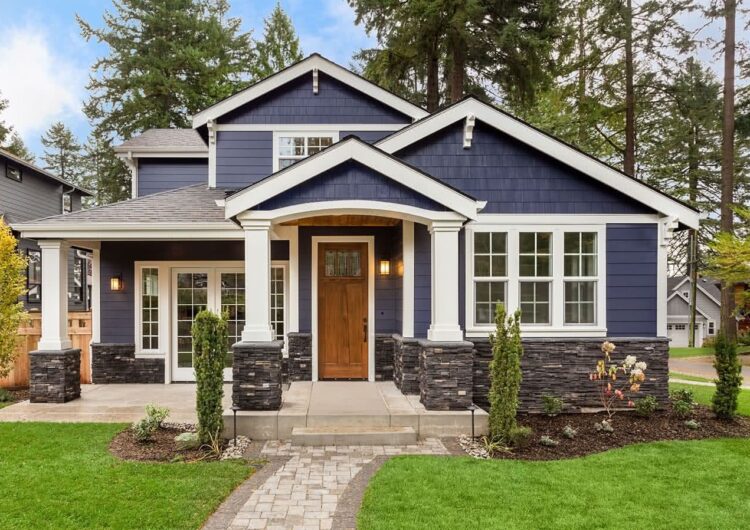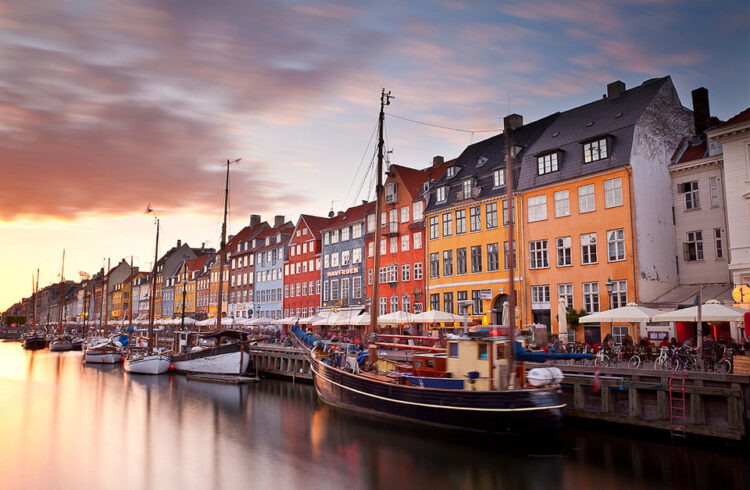
The process of purchasing a house or apartment in Copenhagen is not significantly different compared to buying a home in Denmark. Nevertheless, there are some specifics of the Copenhagen real estate market which you should consider before engaging further. No matter if you’ve lived in several places, the Copenhagen real estate market represents a whole novelty play.
So, forget about what you thought you knew regarding properties and begin with a blank sheet of paper. The Copenhagen property market determines if people will decide to buy a home in the city or out of it. Over the last few years, the price of properties in Copenhagen has increased considerably, leading to a tendency for first-time buyers to rush straight to the big buy, rather than starting their homeownership experience by purchasing a starter home.
Consequently, a lot of real estates buyers are setting their sights on the periphery of Copenhagen, e.g., Rødovre, Hvidovre, Brønshøj, etc. By living in areas like these, people are able to get a reasonably sized apartment at a reasonable price, yet remain relatively close to the city center. In this article, you will learn some tips you should keep in mind when buying a new home in Copenhagen.
1. A short overview of Copenhagen’s real estate market

There is a particularly high level of interest in relatively tiny apartments. Over the last few years, there has been a prioritization by the local government to build more spacious apartments in order to draw in families.
Housing prices in the city have risen 11 percent during the past year, increasing from 35,000 to 39,000 kroner per square meter. Copenhagen K has a reputation as being one of the city’s trendiest neighborhoods, while also being one of its priciest.
An apartment’s average price in Copenhagen K during the second quarter of 2017 has been 49,551 kroner per square meter ( or approximately $726 per square foot), up from 41,922 kroner per square meter one year before, which represents an increase of 18 percent.
2. Check if you are legally allowed to buy a home

When buying a home in Copenhagen, an important first thing to consider is your legal eligibility to buy a property. Foreigners residing in Denmark for a period of time shorter than five years require a permit issued by the Danish Ministry of Justice in order to be allowed to buy a property.
While this is mostly paperwork and lawyer-processed formality when it comes to buying a property, it is a very significant legal step. Once you purchase a home in Denmark, the government takes it as a declaration of intent that you will remain in Denmark for good.
Things such as family status, kids, employment status, and proficiency in Danish are all taken into consideration if a Foreigner is trying to purchase a property in Copenhagen. Buyers usually hire an attorney to help them manage through the process and check documents, you can find out more on eboligadvokat.dk.
However, buying a property in Copenhagen is not something that is out of the question for an expat, simply it is a bit of a hassle! Ensure you allow yourself the time to learn about the legislation regarding the purchase of the real estate by foreign citizens in Denmark.
3. Location matters

The distance to institutions, as in the majority of cities, matters a lot! Living within a biking distance of the downtown area would be your preferred option. In addition, there are some other things you should be aware of, such as the distance from the public transportation (such as subway, bus, bike rentals, etc.) as well as the walking proximity to local parks.
Neighborhoods without vandalism and those that are known to be family-friendly will be the safest locations to consider buying a home. A nice look and areas with less noise are also desirable, however, they carry a higher cost. For instance, a house in Hellerup that has a sea view may cost around 12 million kroner. Neighborhoods in the area around Brønshøj and Vanløse are less expensive.
4. Be aware of the additional costs

There are always a number of fees and taxes to pay each month, including if you buy an Ejer property, which means full ownership instead of an Andel property, which means the purchase of a share of the property. There can be high costs for heating and water in older apartments, and the total transaction costs for buying a home can add up to tens of thousands of crowns. Define your budget using the most specific information possible in order to be certain that you will be able to afford the home purchase.
5. Property sizes

Apartments in Copenhagen are pretty small in size. You should not be surprised if you find small homes, especially when you are planning to purchase one that is located only a couple of kilometers from the downtown area. Property sizes come at a price to encompass common areas and hallways. When it comes to older homes in general, it is well worth taking measurements of potential properties in order to be certain of the dimensions.
6. Choose the right season

There is a considerable flow of people arriving in Copenhagen during the months of January and September. Similarly, if you’re heading into the city during these high traffic periods, be sure to begin your search well in advance. Also, in case you happen to have friends in the city, it makes sense to ask them to look at properties for you.
Copenhagen City is composed of multiple municipalities and each of them holds various regulations and codes. Likewise, for the municipalities that make up the Greater Capital Region. This means that everything from age and childcare guidelines to taxation may differ according to where you’re located.
Denmark is limiting the purchase of real estate for non-citizens with the exception of those who comply with rigorous conditions of residence. For citizens of the European Union, there are some exceptions to the requirement, on the condition the property to be used as a primary residence.











